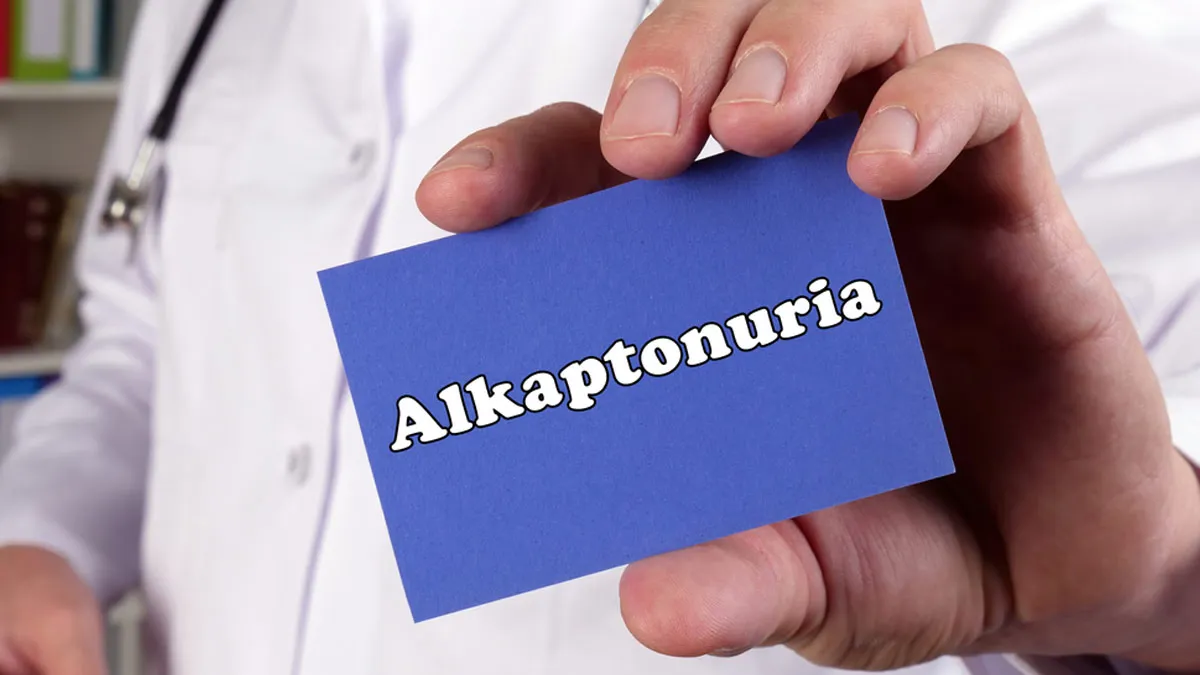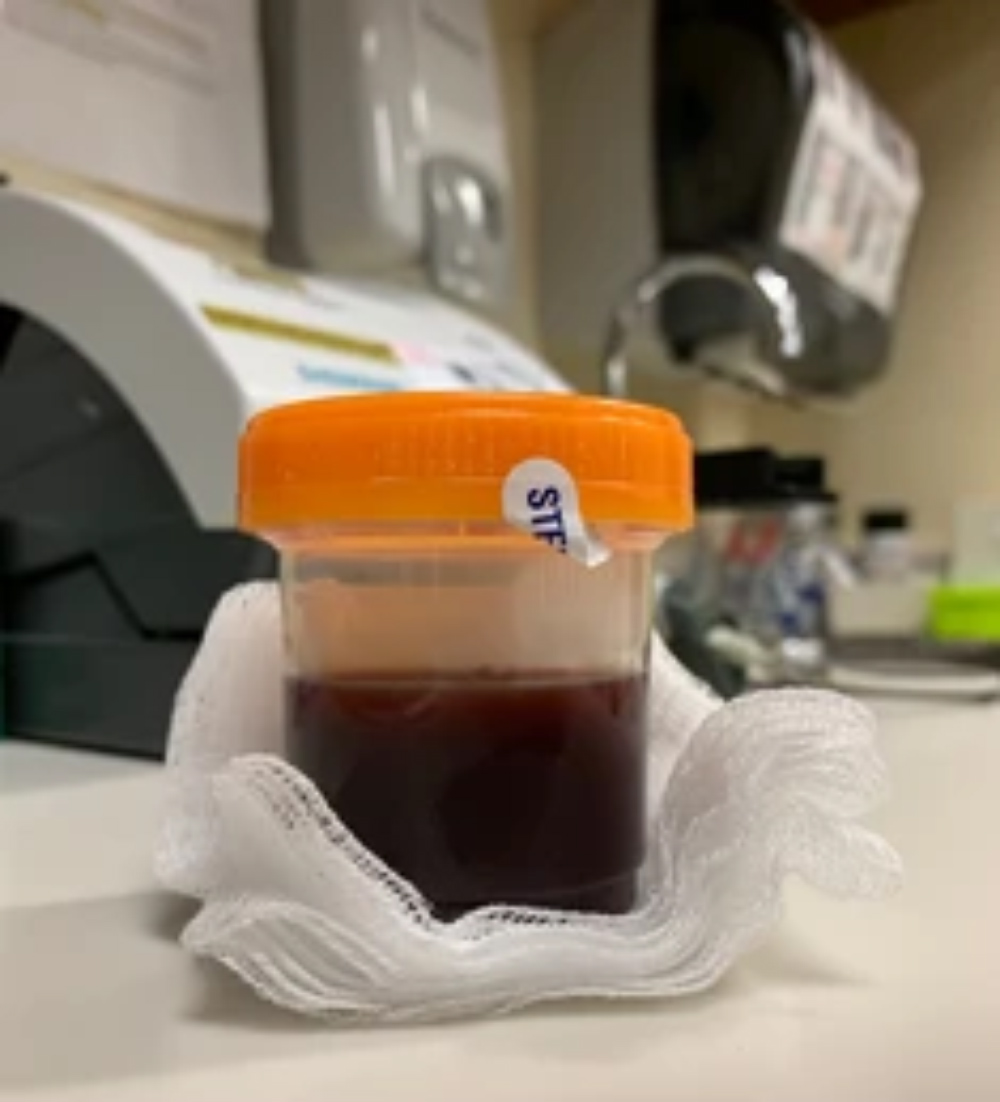
We have often had conversations around clear or dark or bloody urine, but have you ever heard anyone talk about black urine? It’s a characteristic feature of alkaptonuria, a rare genetic disorder that affects the body's ability to break down certain amino acids?
Table of Content:-
While alkaptonuria itself isn't directly life-threatening, if left unmanaged, it can lead to serious complications like debilitating arthritis, which may affect quality of life.
To know more about the condition in detail, ranging from the causes, symptoms, diagnosis, and treatment options, the OnlyMyHealth team interacted with Dr Chethana D., Consultant – Rheumatology, Aster CMI Hospital, Bengaluru.
Also Read: Clear To Cloudy Urine: Know What The Colour Of Your Urine Means
What Is Alkaptonuria?

Dr Chethana described alkaptonuria as a rare genetic disorder characterised by the accumulation of homogentisic acid in the body, leading to a variety of health issues.
"This condition arises due to a deficiency in the enzyme homogentisate 1,2-dioxygenase, which is crucial for the breakdown of tyrosine, an amino acid found in many proteins," he explained. When this enzyme is lacking, homogentisic acid builds up and is eventually excreted in the urine, giving it a dark colour upon exposure to air.
Over time, the excess acid can lead to serious complications, including joint pain and damage, as well as the potential for heart and kidney problems.
According to StatPearls Publishing, the global prevalence of alkaptonuria is one per 1-2.5 lakh. The condition affects both men and women equally, although the disease severity is more in men.
Causes Of Alkaptonuria

Alkaptonuria is an inherited disorder caused by mutations in the HGD gene, which provides instructions for making the homogentisate 1,2-dioxygenase enzyme. It follows an autosomal recessive inheritance pattern, meaning an individual must inherit two defective copies of the gene—one from each parent—to develop the condition. If only one defective gene is inherited, the person becomes a carrier but does not exhibit symptoms.
Symptoms Of Alkaptonuria
Dark, or black, urine is a classic sign of alkaptonuria, which occurs when the urine is exposed to air.
"This change can often be overlooked, but it is a key indicator of the condition," said Dr Chethana.
Additionally, patients may notice joint pain or stiffness, particularly in the spine and large joints, and the development of dark pigmentation in connective tissues, known as ochronosis, which can affect the skin, ears, and eyes.
“Over the years, patients may also develop heart problems, as the heart valves can become calcified and stiff, leading to cardiovascular issues,” the doctor added.
Also Read: How Hydrated Are You? The Colour Of Your Urine Can Tell
Diagnosis Of Alkaptonuria

Alkaptonuria is diagnosed through a combination of clinical evaluation and specific laboratory tests that confirm the presence of homogentisic acid in the urine.
“Initially, a healthcare provider will assess the patient's symptoms and medical history, looking for signs such as darkening of the urine upon exposure to air, joint pain, and other related issues,” said Dr Chethana, adding that the primary test used for diagnosis is a urine test that measures the levels of homogentisic acid, which is elevated in individuals with this condition.
Additionally, further confirmation may involve genetic testing to identify mutations in the HGD gene responsible for the disorder.
Treatment Of Alkaptonuria
While there is no cure for alkaptonuria, treatment can help manage symptoms and prevent complications. Some effective strategies include:
Medication: Nitisinone, a drug that reduces homogentisic acid production, may help slow disease progression.
Pain management: Nonsteroidal Anti-Inflammatory Drugs (NSAIDs) and physical therapy can help relieve joint pain.
Lifestyle changes: A low-protein diet may help reduce the production of homogentisic acid.
Surgical interventions: In severe cases, joint replacement surgery may be necessary.
Regular monitoring: Routine check-ups can help manage cardiovascular and kidney-related complications.
Conclusion
Alkaptonuria is a lifelong condition that requires careful management to prevent complications and maintain quality of life. Early diagnosis and appropriate interventions, such as medication, lifestyle modifications, and regular medical check-ups, can help individuals manage the symptoms effectively. Awareness about this rare disorder is essential for early detection and better patient outcomes.
Also watch this video
How we keep this article up to date:
We work with experts and keep a close eye on the latest in health and wellness. Whenever there is a new research or helpful information, we update our articles with accurate and useful advice.
Current Version
